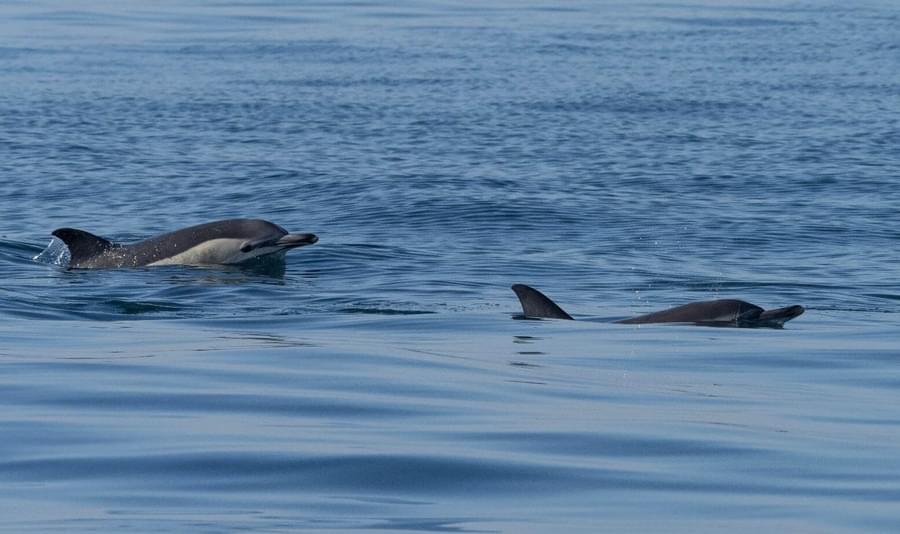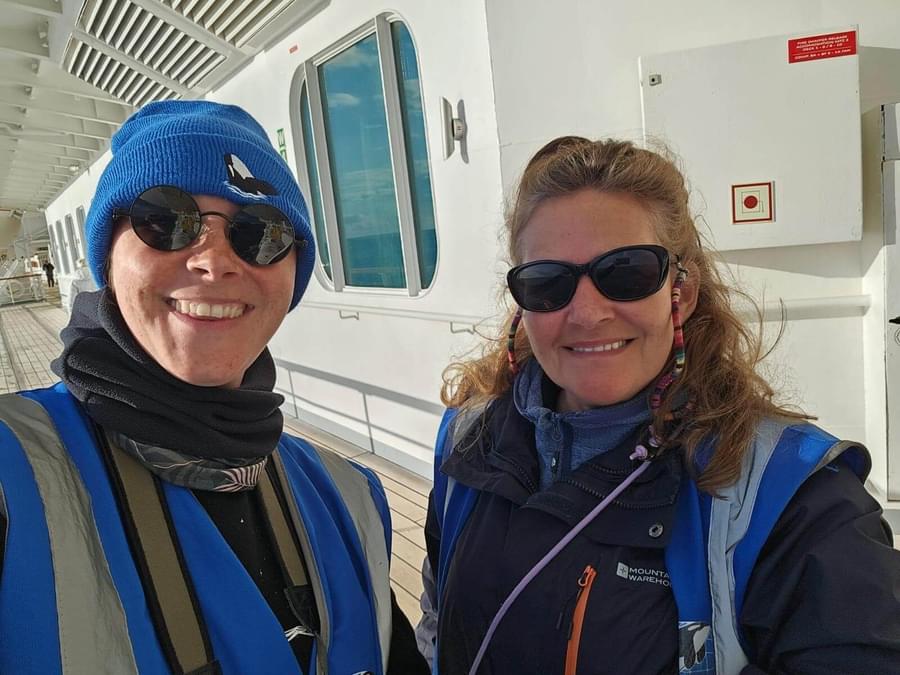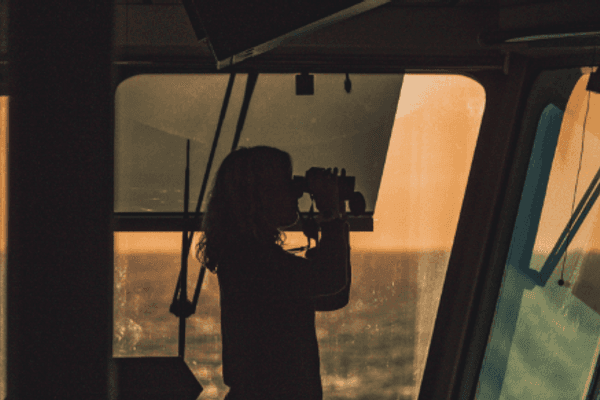This week's blog has been written by ORCA Ocean Conservationist, Amy!
Recently ORCA has been spending more time aboard cruises going through the Hebrides, a series of beautiful and wild islands located off West Scotland. These waters are renowned for the wide array of species that call it home, ranging from the majestic minke whale all the way down to the timid harbour porpoise. The famous orcas John Coe and Aquarius of the West Coast Community often frequent and pass through these waters on their endless voyages around Scotland, Wales, Ireland and occasionally the UK!
Over the past few decades, a lot of changes have been noticed in these waters. Species of cetaceans previously never encountered have been appearing around the Isles with some even making the area their home. Common dolphins have been observed in increasing numbers over the past two decades and are now frequently encountered. Thirty years ago, a striped dolphin would have been the last species expected in the cold waters of the Hebrides and yet more sightings of them are happening. Whereas white-beaked dolphins which have historically been a more frequently encountered species are becoming less so.

It seems that the species and way of life for cetaceans in the Hebrides is steadily changing. This is why cetaceans play a key role as an “indicator species” in many marine environments around the world. Cetaceans are enigmatic and often at the apex of the food chain so when changes happen, we often notice quicker with cetaceans than with other species. If change is happening at the apex of the food chain, it can be the case all the way down to the bottom as well. Changes in prey distribution are often a big indicator of change as cetaceans will alter their habitat ranges to adapt if they are able. Though this isn’t always the case for all species, the White-beaked dolphins are known to be cold water specialist foragers with prey only being available in certain areas. Common dolphins on the other hand are found to be more flexible in their ability to adapt to changing prey distribution.
Fortunately, the Hebrides have many MPA (Marine Protected Areas) in place to assist in the conservation of local species. Many local species ranging from minke whales to Risso’s dolphins benefit from these areas. This is in tandem with ORCA gathering data on sightings within the waters of the Hebrides ensures that any changes in species distribution don’t go unnoticed. And we can then give it our all in protecting the Hebrides for generations, both cetacean and human, for years to come.

ORCA undertake crucial monitoring work also with our ferry partner, Caladonian MacBrayne in the Hebrides! Our teams of volunteer Marine Mammal Surveyors recorded more than 2,000 dolphins, whales and porpoises from CalMac Ferries routes in 2023, as reported in our recent State of Cetaceans report.
You can read more in this wonderful article by The Press and Journal this week.

ORCA's wouldn't be able to protect whales and dolphins without the hard work and dedication of an army of incredible citizen science volunteers. Our brand new e-learning courses mean that it's easier than ever before for you to get involved in our conservation work, no matter your background. Visit learn.orca.org.uk today to find out more about our courses and see how simple it is to play your role in protecting these amazing animals.

